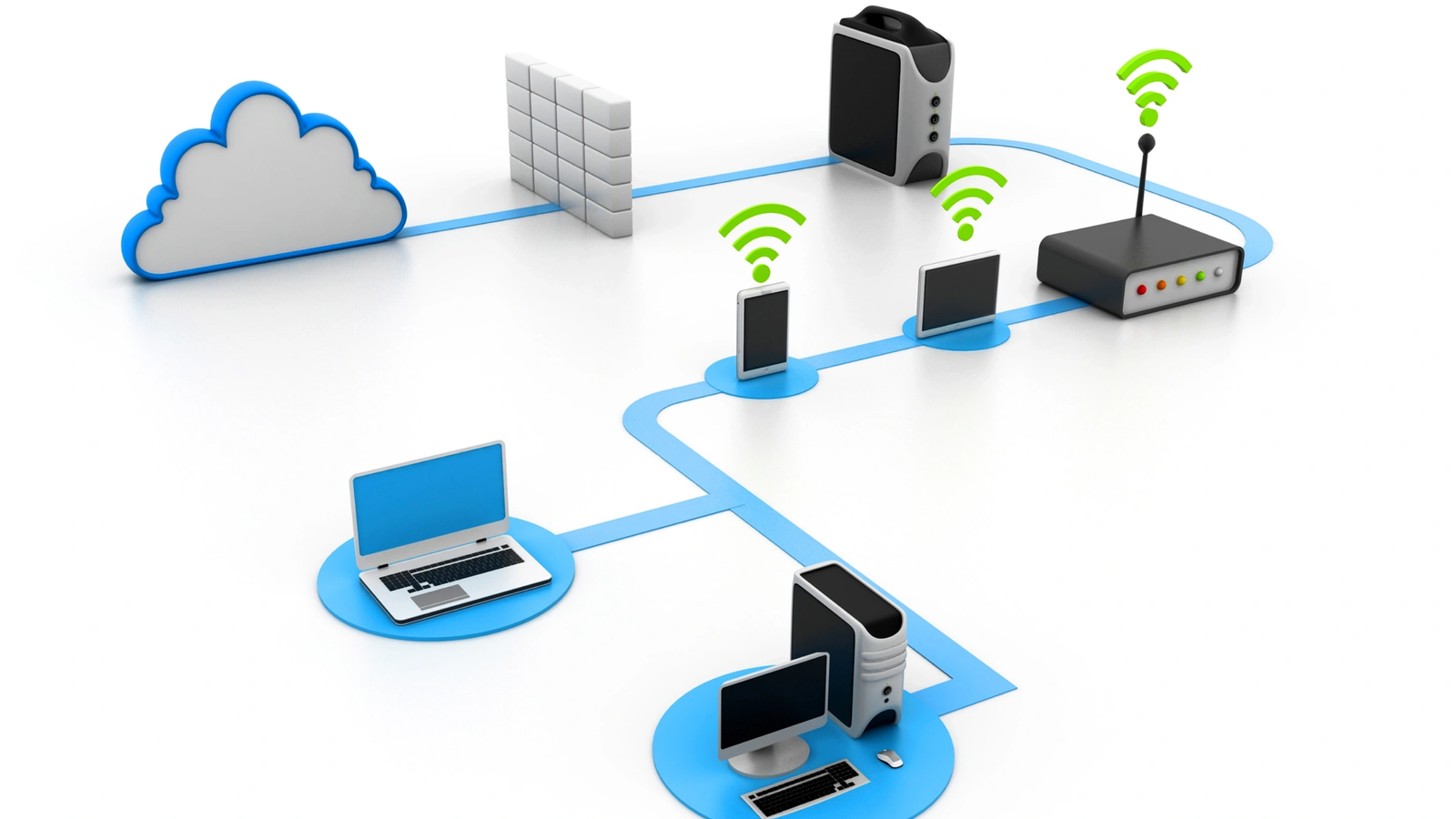In today’s hyper-connected business landscape, enterprises rely on seamless network performance to maintain productivity, security, and customer satisfaction. A critical component of this infrastructure is the Customer Premises Equipment (CPE), which serves as the gateway for connectivity across global sites. However, not all CPE devices perform equally—differences in hardware, software, and service providers can lead to significant variations in speed, reliability, and security.
This article explores the importance of benchmarking CPE performance across global enterprise sites, best practices for measurement, and how businesses can optimize their network edge for superior performance.
Why Benchmarking CPE Performance Matters
Enterprises with multiple international locations face unique networking challenges, including:
- Latency inconsistencies between regions
- Bandwidth bottlenecks affecting cloud applications
- Security vulnerabilities due to outdated firmware
- Service provider discrepancies impacting SLA compliance
Benchmarking CPE performance helps IT teams:
✔ Identify underperforming sites for targeted upgrades
✔ Compare service providers to ensure cost efficiency
✔ Enhance user experience by minimizing downtime
✔ Meet compliance requirements with consistent monitoring
Without proper benchmarking, businesses risk unpredictable network behavior, leading to lost productivity and revenue.
Key Metrics for Evaluating CPE Performance
To accurately assess CPE performance, enterprises should track the following metrics:
1. Throughput & Bandwidth Utilization
- Measures data transfer rates between sites
- Helps detect congestion and plan capacity upgrades
2. Latency & Jitter
- Critical for real-time applications (VoIP, video conferencing)
- High jitter indicates unstable connections
3. Packet Loss
- Excessive packet loss degrades VoIP and video quality
- May indicate hardware failures or ISP issues
4. Uptime & Reliability
- Tracks downtime incidents and Mean Time Between Failures (MTBF)
- Ensures compliance with SLAs
5. Security Posture
- Monitors firmware updates, intrusion attempts, and encryption standards
- Prevents breaches due to outdated CPE devices
Best Practices for Benchmarking CPE Performance Globally
1. Deploy Automated Monitoring Tools
Manual checks are inefficient for global enterprises. Instead, use:
- Network Performance Monitoring (NPM) tools (e.g., SolarWinds, PRTG)
- SD-WAN analytics for real-time visibility
- Cloud-based dashboards for centralized reporting
2. Establish Baseline Performance Standards
Define acceptable thresholds for:
- Latency (< 50ms for most applications)
- Packet loss (< 1%)
- Jitter (< 30ms)
3. Conduct Regular Comparative Analysis
Compare performance across:
- Different geographic regions
- Various ISPs and MSPs
- Peak vs. off-peak hours
4. Leverage Synthetic Testing
Simulate user traffic to:
- Test CPE under load before real-world issues arise
- Validate QoS policies for critical applications
5. Partner with Managed Service Providers (MSPs)
MSPs offer:
- Global benchmarking expertise
- Proactive CPE management
- Vendor-agnostic insights
Challenges in Global CPE Benchmarking
Despite its benefits, benchmarking across multiple sites presents hurdles:
🔹 Varied ISP Quality – Some regions suffer from inconsistent broadband.
🔹 Regulatory Restrictions – Data sovereignty laws limit monitoring in certain countries.
🔹 Hardware Heterogeneity – Mixed CPE models complicate uniform analysis.
🔹 Cost of Scalable Tools – Enterprise-grade monitoring can be expensive.
To overcome these, businesses should adopt flexible, scalable benchmarking strategies tailored to their network architecture.
Case Study: How a Fortune 500 Company Optimized CPE Performance
A multinational corporation with 200+ global sites faced frequent video conferencing drops and slow SaaS application access. After implementing a structured benchmarking approach, they:
✅ Reduced latency by 40% by switching underperforming ISPs
✅ Cut downtime by 60% through proactive firmware updates
✅ Improved employee satisfaction with smoother collaboration tools
This success highlights the ROI of continuous CPE performance benchmarking.
Future Trends in CPE Performance Optimization
As enterprises embrace AI, IoT, and 5G, CPE benchmarking will evolve with:
🔮 AI-driven anomaly detection – Predictive analytics for preemptive fixes
🔮 Zero-touch provisioning – Automated CPE deployments with built-in benchmarking
🔮 Edge computing integration – Lower latency by processing data closer to CPE
Businesses that stay ahead of these trends will gain a competitive edge in network reliability.
Final Thoughts
Benchmarking CPE performance is no longer optional—it’s a strategic necessity for global enterprises. By implementing automated monitoring, standardized metrics, and MSP partnerships, businesses can ensure optimal network performance, security, and scalability.
Is your organization benchmarking CPE effectively? If not, now’s the time to start.
